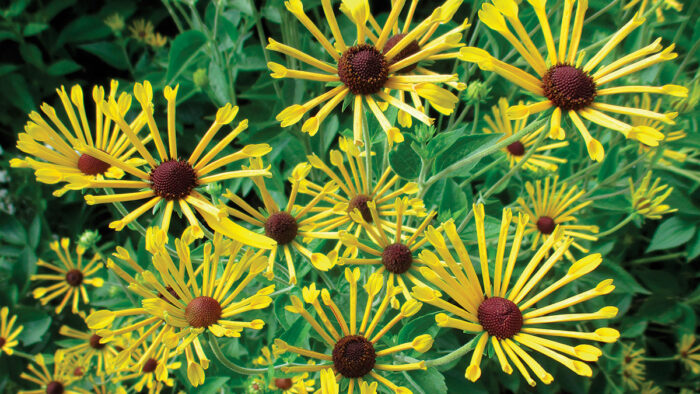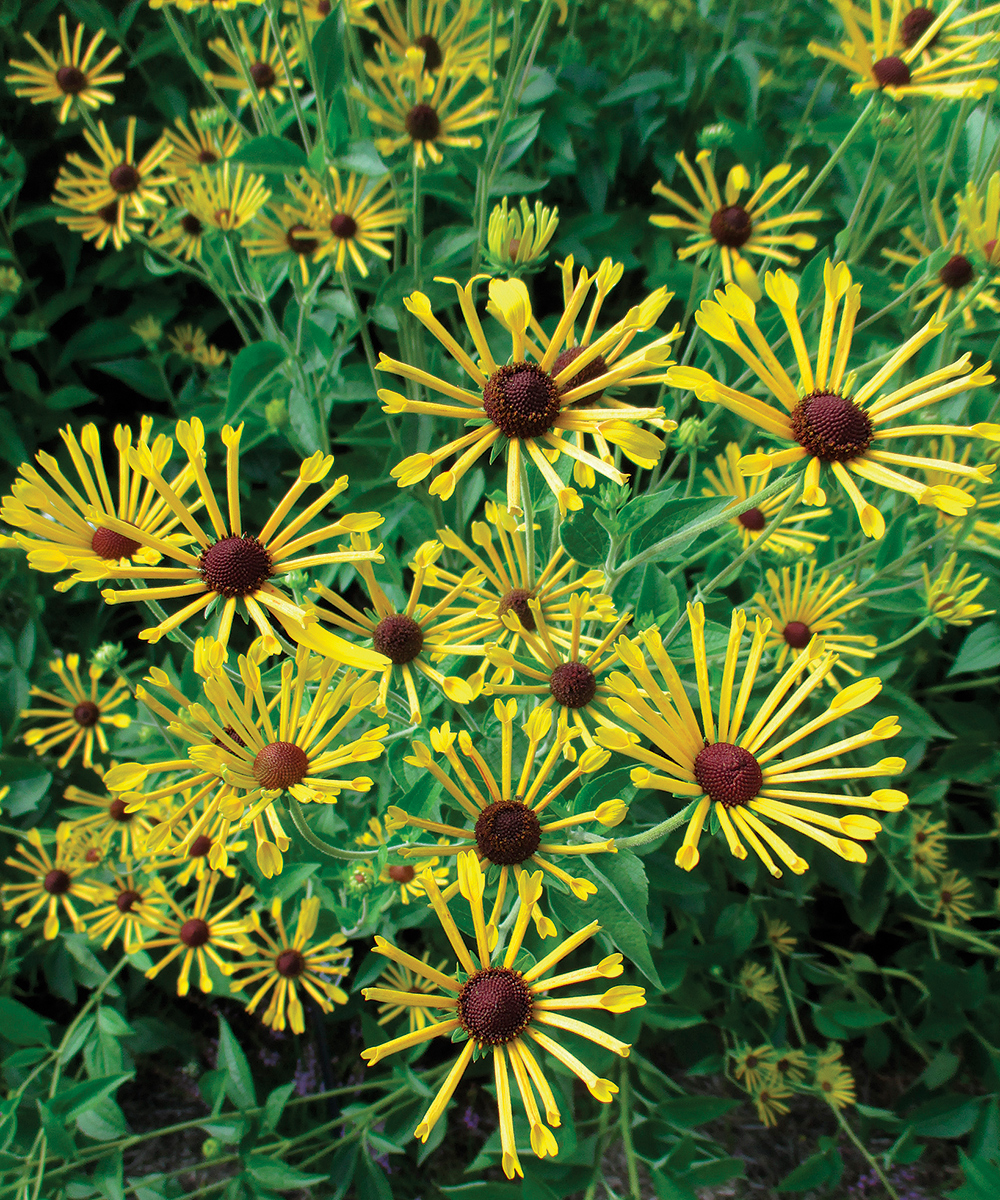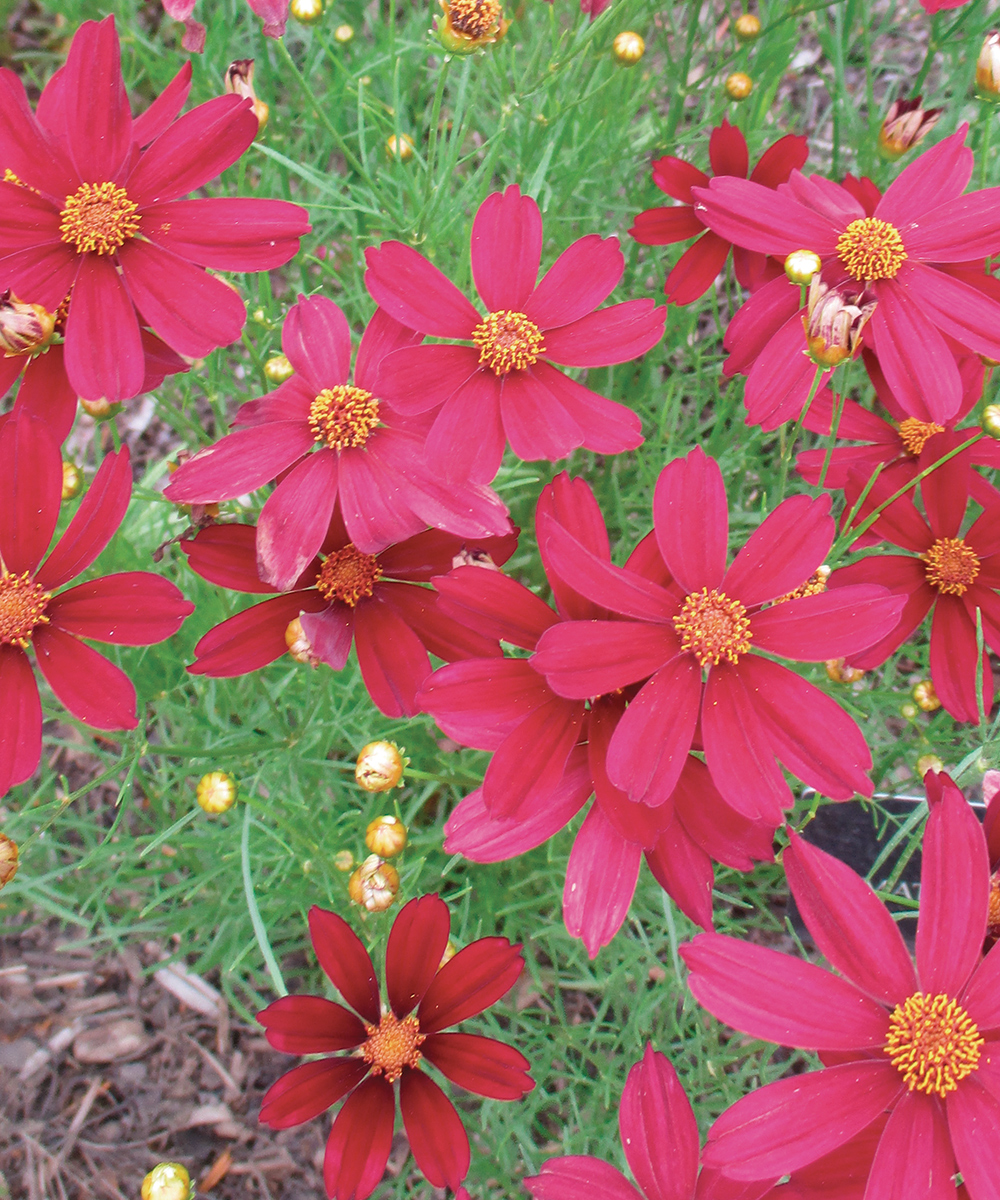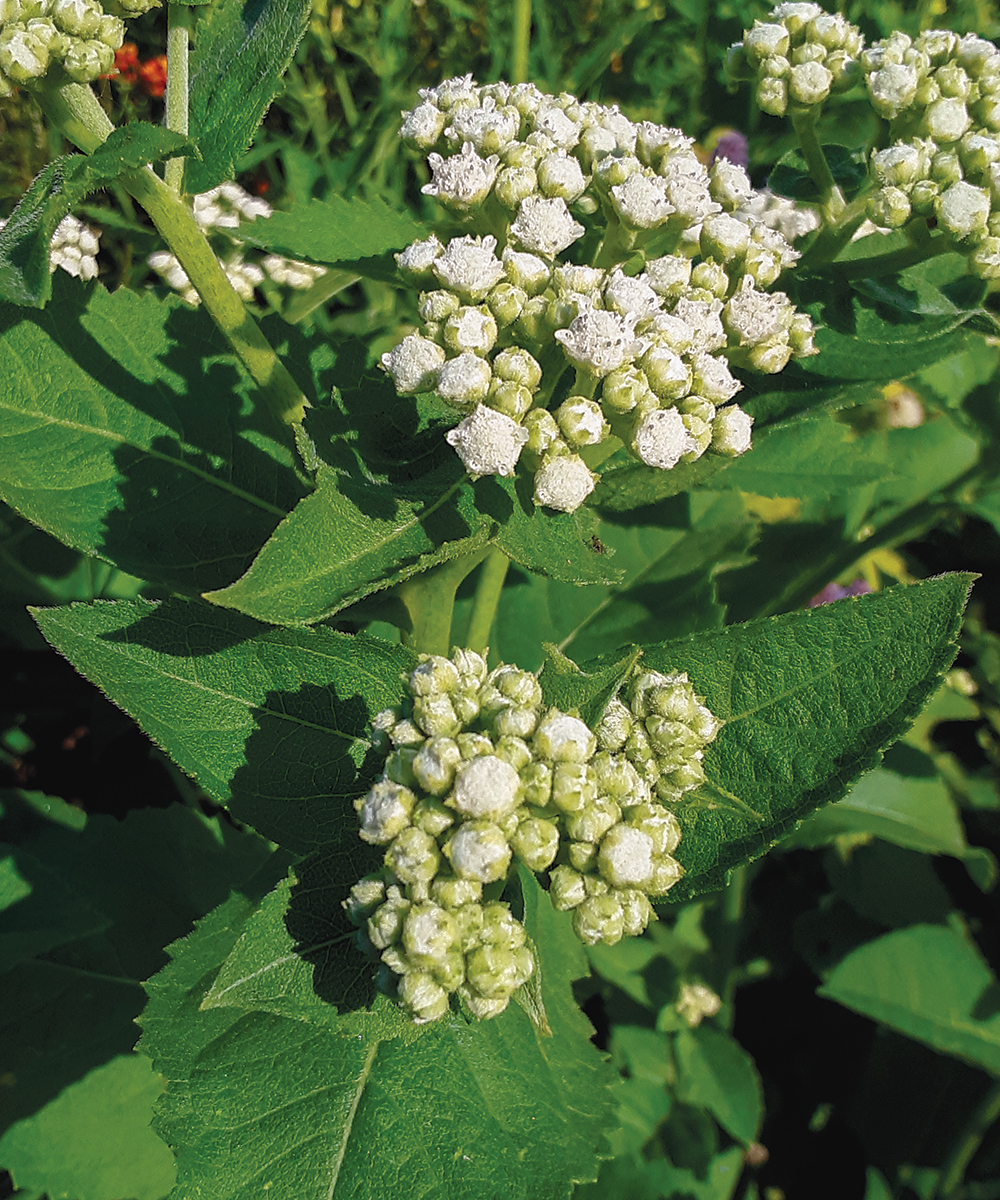
While we would all ideally have gardens that look at their peak in every season, the reality is often far from that ideal. Very few of us have all the time in the world to dedicate to our gardens, and the hard truth is the planning and work that goes into gardening means we often only get one season where we can sit back and enjoy the fruits of our labor.
As Executive Editor Danielle Sherry explains, “Winter is for planning. It’s when you really don’t want to be outside and when your time is better spent formulating the plan of attack to make your garden the best it can be. Spring is the working time period, when the bulk of your cleanup, planting, and projects get done. Fall is also a working period and is generally when you can revisit the things you didn’t get done in spring.”
After all of that prep and planning, you want to ensure your summer garden is at its prime when it’s finally too hot to toil. To help ensure your summer garden really shines, regional experts shared their favorite perennials for this peak season. Find picks for the Midwest below, and be sure to check out more fabulous summer selections in Peak-Season Combos.
1. ‘Monet Moment’ Cardinal Flower
Name: Lobelia ‘Monet Moment’
Zones: 4–9
Size: 36 inches tall and 18 inches wide
Conditions: Full sun to partial shade; moist, rich soil
Native range: Garden origin hybrid
I have enjoyed and photographed the same patch of this amazing perennial for over six years at Olbrich Botanical Gardens in Madison, Wisconsin. Blooming for three to five weeks in late summer, this robust cardinal flower hybrid features rose-magenta flowers on rigid, 3-foot stems set against dark green, glossy foliage. Other cardinal flowers can be challenging to grow, but this one appears to be more forgiving. Butterflies and hummingbirds like to visit its blooms, which are lightly fragrant and excellent for cutting. This is a deer-resistant perennial that thrives in damper soils and doesn’t mind wet feet. As a rule of thumb, it is best not to mulch or cover the overwintering rosettes.
2. ‘Little Henry’ Sweet Coneflower
Name: Rudbeckia subtomentosa ‘Little Henry’
Zones: 4–8
Size: 3 to 4 feet tall and 2 feet wide
Conditions: Full sun; moist, well-drained soil
Native range: Central United States
Introduced in 2011, ‘Little Henry’ is a top performer with novel flowers and solid garden stature. It is a better fit for small spaces than the larger sweet coneflower cultivar ‘Henry Eilers’, which can grow up to 6 feet tall. Both varieties feature sweetly scented foliage and asteriskshaped, butter-yellow flowers with quilled petals, but the blooms of ‘Little Henry’ arrive two weeks earlier in mid to late summer. ‘Little Henry’ is also noticeably more compact and upright, with sturdy, branching stems. This hardy perennial tolerates clay, heat, humidity, drought, deer, and rabbits. In addition, butterflies, bees, and hummingbirds all love to visit it. It appreciates good air circulation to avoid powdery mildew.
3. ‘Red Satin’ Coreopsis
Name: Coreopsis ‘Red Satin’
Zones: 5–9
Size: 15 to 18 inches tall and 24 inches wide
Conditions: Full sun; average to dry soil
Native range: Garden origin hybrid
As a gardener in the Midwest, I’ve been wary of the hardiness, adaptability, and longevity of the pink and red coreopsis varieties. However, ‘Red Satin’, from talented breeder Darrell Probst, has become one of my favorites. The finely cut foliage and bushy, rounded habit provide nice texture, but it’s the velvety, rubyred flowers with golden centers that are the stars of a lengthy summer show. The blooms are sterile and prolific over the hottest months of summer and beyond. A magnet for bees and butterflies, they are excellent as cut flowers too. Shearing back the plant after the first flush of flowers typically results in a significant wave of reblooming. Divide this drought- and deer-tolerant perennial in spring.
4. Wild Quinine
Name: Parthenium integrifolium
Zones: 4–8
Size: 2 to 4 feet tall and 1 to 2 feet wide
Conditions: Full sun; average to fertile, well-drained soil
Native range: Eastern United States
Also called American feverfew, this native, clump-forming, taprooted perennial has an amazingly long bloom period. White flowers appear in broad, flat-topped clusters from late spring through the entire summer. These are useful in both fresh and dried arrangements. I’ve long grown wild quinine in a pollinator garden and am constantly impressed with its upright form and the wide range of native bees, wasps, flies, and beetles that take advantage of the broad blooming window, which stretches from June to September. The bold, coarsely serrated leaves have the texture of sandpaper, which deters both rabbits and deer. With few insect or disease problems, this beauty has broad applications in native plant gardens, naturalized meadows, and as an ornamental contributor in any full-sun bed or border.
Mark Dwyer is garden manager for the Edgerton Hospital Healing Garden, operates Landscape Prescriptions by MD in Wisconsin, and is the Midwest regional reporter for FineGardening.com.
Photos: courtesy of Mark Dwyer
Fine Gardening Recommended Products

Planting in a Post-Wild World: Designing Plant Communities for Resilient Landscapes
Fine Gardening receives a commission for items purchased through links on this site, including Amazon Associates and other affiliate advertising programs.

The Crevice Garden: How to make the perfect home for plants from rocky places
Fine Gardening receives a commission for items purchased through links on this site, including Amazon Associates and other affiliate advertising programs.

Lee Valley Large Gardener's Wash Basket
Fine Gardening receives a commission for items purchased through links on this site, including Amazon Associates and other affiliate advertising programs.























Comments
Log in or create an account to post a comment.
Sign up Log in